Permissioned Visit! I was very Lucky to have had the opportunity to visit the Colliery on a tour this year, run by the Friends of Chatterley Whitfield. The buildings them selves are Classed as a Ancient monument and the is the biggest remaining colliery site. It was a very dark very gloomy day when I visited which kind of reflected the sadness felt when walking around such a huge piece piece of history just crumbling away in the elements.
Chatterley Whitfield Colliery is a disused coal mine in Stoke-on-Trent. It was the largest mine working The North Staffordshire Coalfield and was the first colliery in The UK to produce 1,000,000 tons of saleable coal in a year.
The date at which coal was first mined systematically in the Whitfield area is not known, but there are references to mining in the manor of Tunstall from the late 13th century onwards. A local tradition claims that the monks of the Hulton Abbey came to nearby Ridgeway during the 14th and 15th centuries, to work coal from some of the eight seams outcropping half a mile east of Whitfield. These early workings were known as ‘footrails’ and were driven down from the surface.
Shaw’s History of The Potteries tells us that in 1750, Ralph Leigh of Burslem collected coal from Whitfield twice a day. His six horses each carried between two and three hundredweights of coal along lanes which were impassable to wagons. These draughts of coal were each worth about seven pence (3p) and Leigh received one shilling (5p) a day for his services.
After coal production stopped at Chatterley Whitfield on Friday, March 25th, 1977 a brave venture was started by an independent charitable trust to turn the colliery into Britain’s first underground mining museum. Before any visitors could take this underground trip much preparation work had to be done on site. Derelict buildings were renovated, the underground galleries were made safe, for visitors and mining machinery restored in its original working condition in order to show in great realism the life and working conditions of local miners and to preserve an example of the country’s industrial heritage.
So in 1979 the Chatterley Whitfield Mining Museum opened and it soon gained a reputation of being Britain’s best known mining museum attracting over 70,000 visitors a year and contributing to the local tourism.
Visitors descended down the Winstanley shaft a drop of 700 feet and explored a series of workings at this depth. These workings were only a fraction of the total extent of Chatterley Whitfield. The Institute shaft is 1320 feet deep and the Hesketh shaft descends nearly 2,000 feet (610 meters). Workings extended for miles and in the 1930s were in the region of 50 miles.
Methane is lighter than air and it builds up under the roof of the mine. In a working pit the ventilation fans prevent this from happening, but when the fans stop the methane build up in the abandoned workings.
As the water slowly rose following the closure of Wolstanton the methane levels were monitored through a pipe in the Hesketh shaft. The signs were not good, as it was forecast the levels rose and with the levels also being affected by weather conditions it was decided that all the shafts must be capped and sealed, keeping the methane trapped below underground.
These two problems, the water levels and gas meant that it was unsafe to allow visitors to use the old underground workings of Chatterley Whitfield. The solution was a purpose built mining experience and this opened on Wednesday, August 20th, 1986.
When British Coal seal the shafts of an old colliery they usually fill them right up to the surface. However it was quickly realised that at Chatterley Whitfield, the Museum would need a new underground tour and British Coal did all they could to help.
The first part of the plan was to plug two shafts well below the surface. The thick layer of concrete would prevent gas from rising any higher and it meant that the museum could still use the tops of the shafts – One shaft for visitors to experience the miners cage ride to work and the other shaft to demonstrate coal winding. From the pit bottom area the museum then started on a most unusual project – to build a new mine, using some shallow workings and the railway cutting, which would show the history of mining from 1850 to the present day.
The new Experience survived until the early 1990s, when the museum was closed on Monday, August 9, 1993 and put into the hands of the liquidators.
For further Information Here is the link to the “Friends of Chatterley Whitfield”
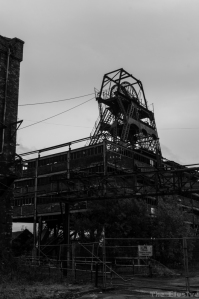















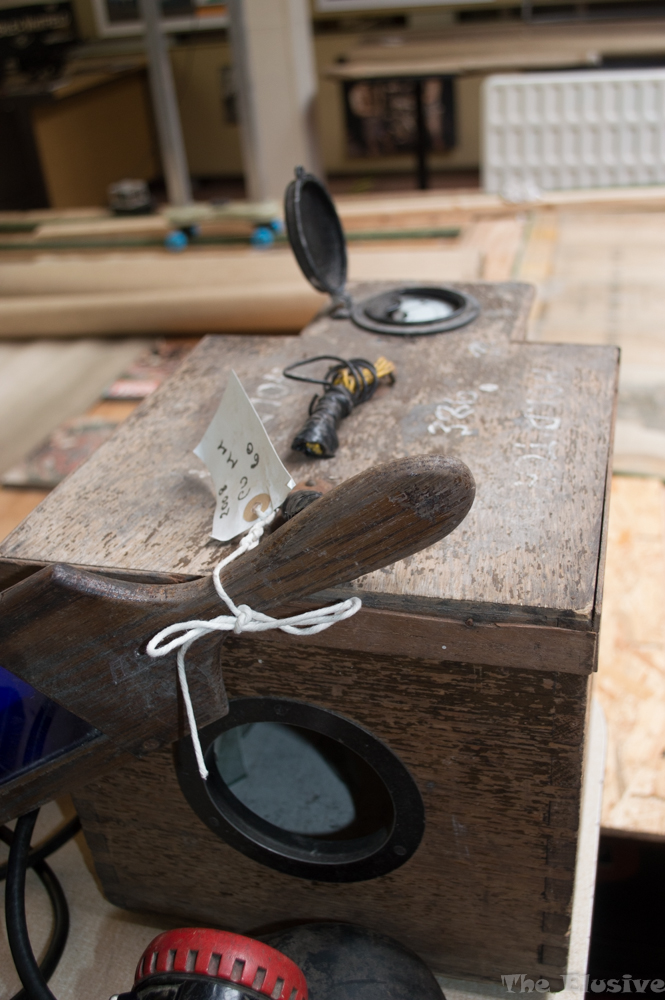


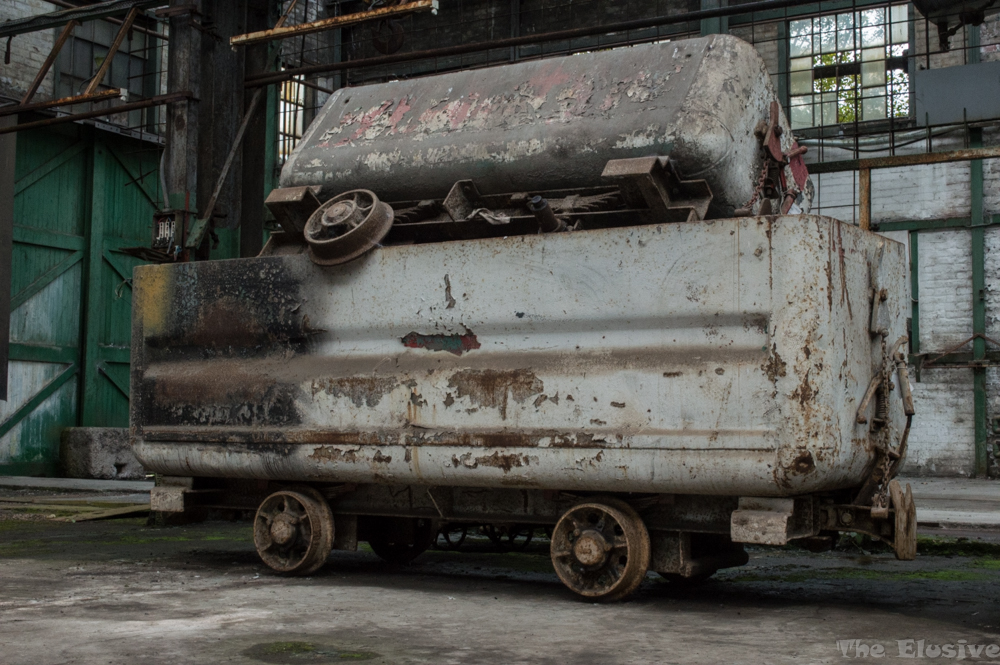
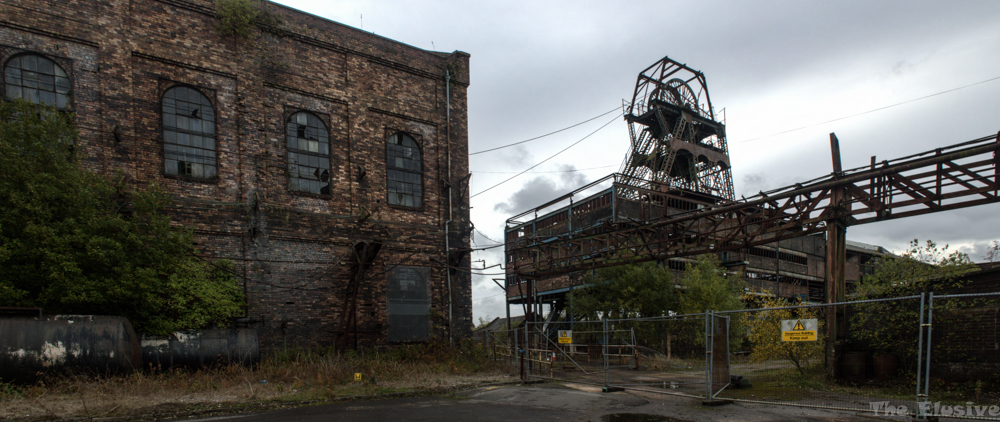










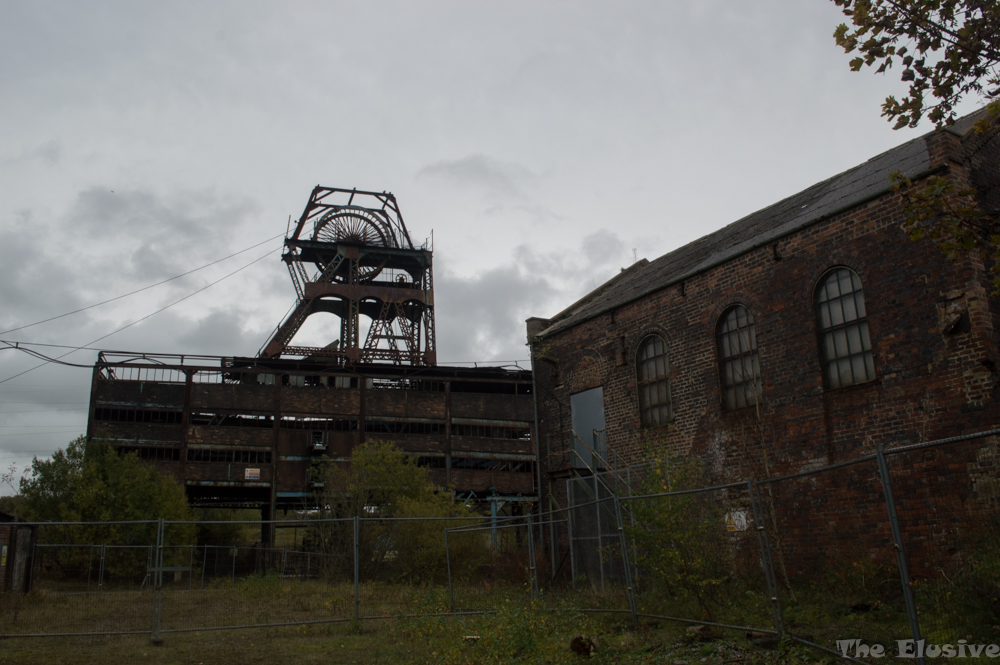

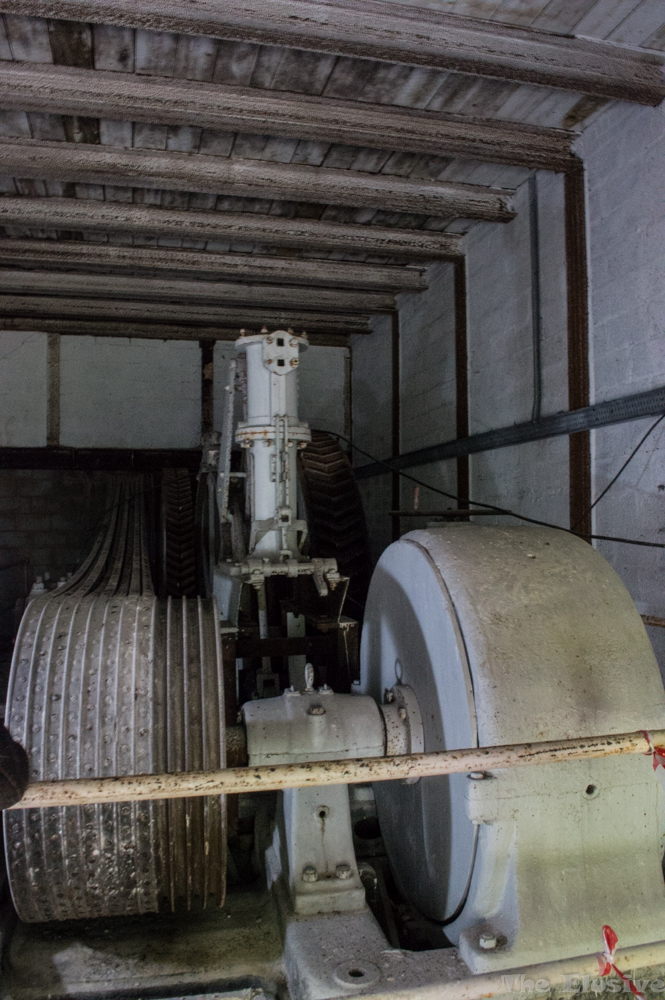


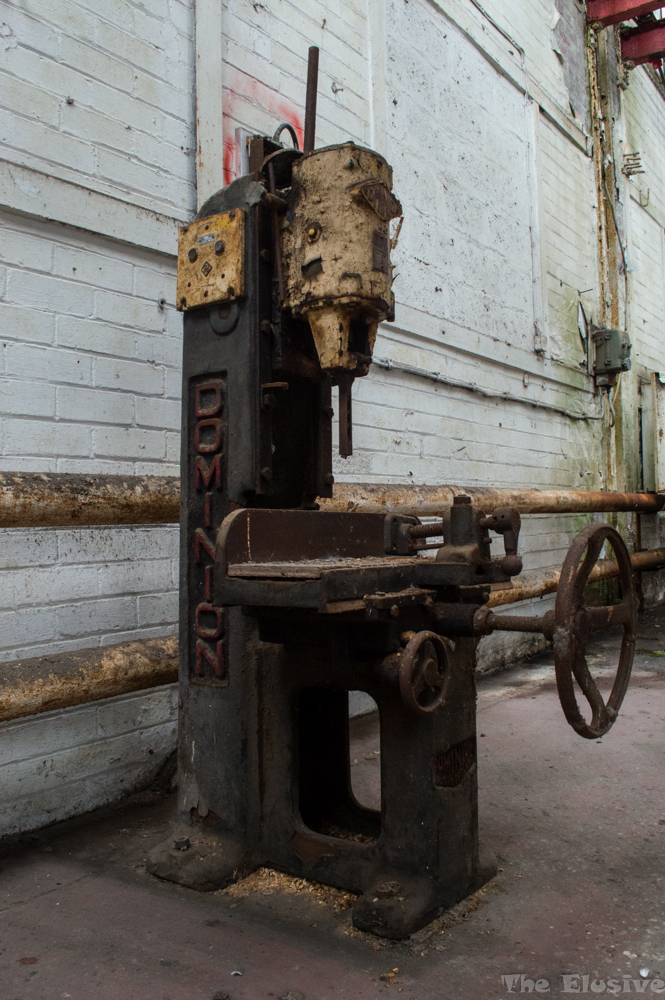

Comment
Thanks for posting this – the more people that know about this the better – it would be a major error if this site was left to crumble away – it needs saving!
Not just saving but being bought back to life – there is the capability with the right people & businesses in place to renovate the whole site, get it back to it’s former glory, save it for the nation (& the ones who lost their lives there) and possibly bring new employment to up to 4000 people – the number who used to work at the mine.
this could be done & still giving access to the public to see the major historic buildings & equipment that is still there (but at present ‘locked’ away from public view)!